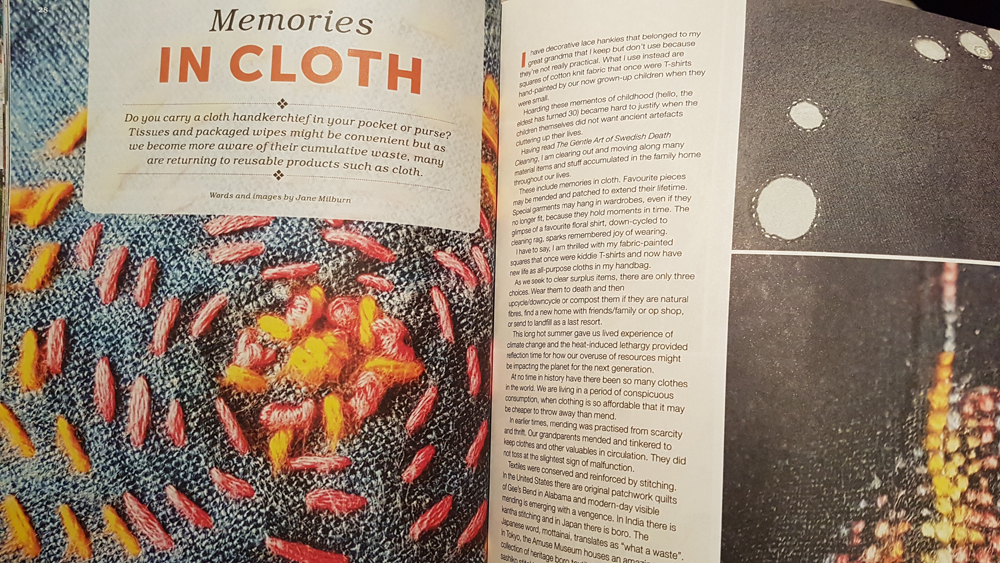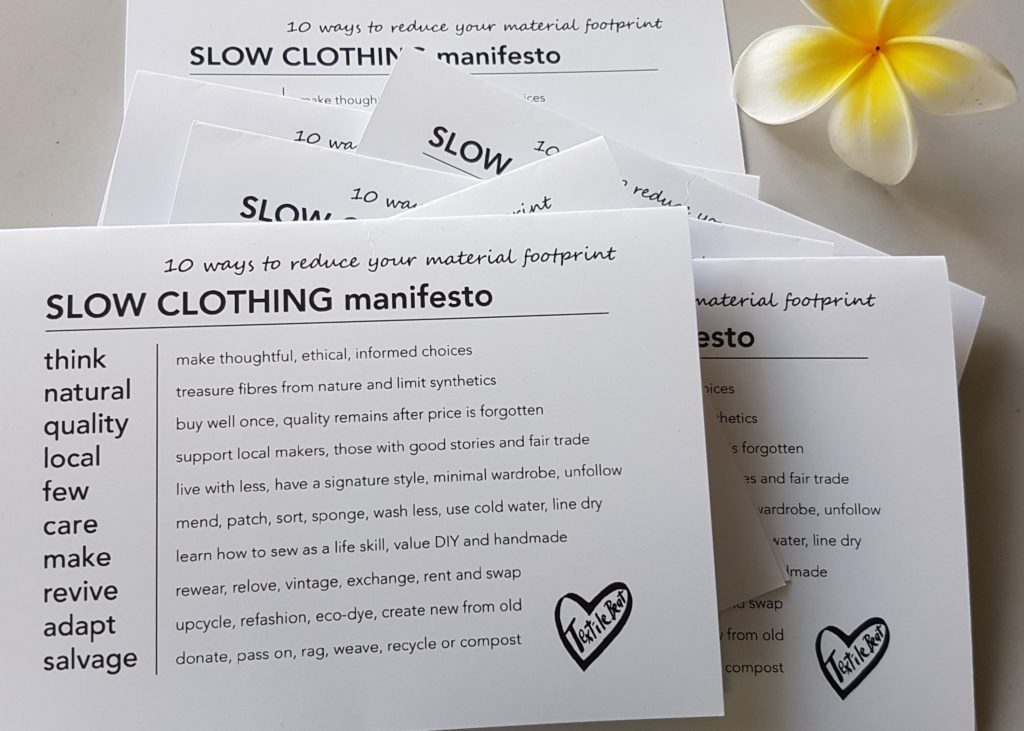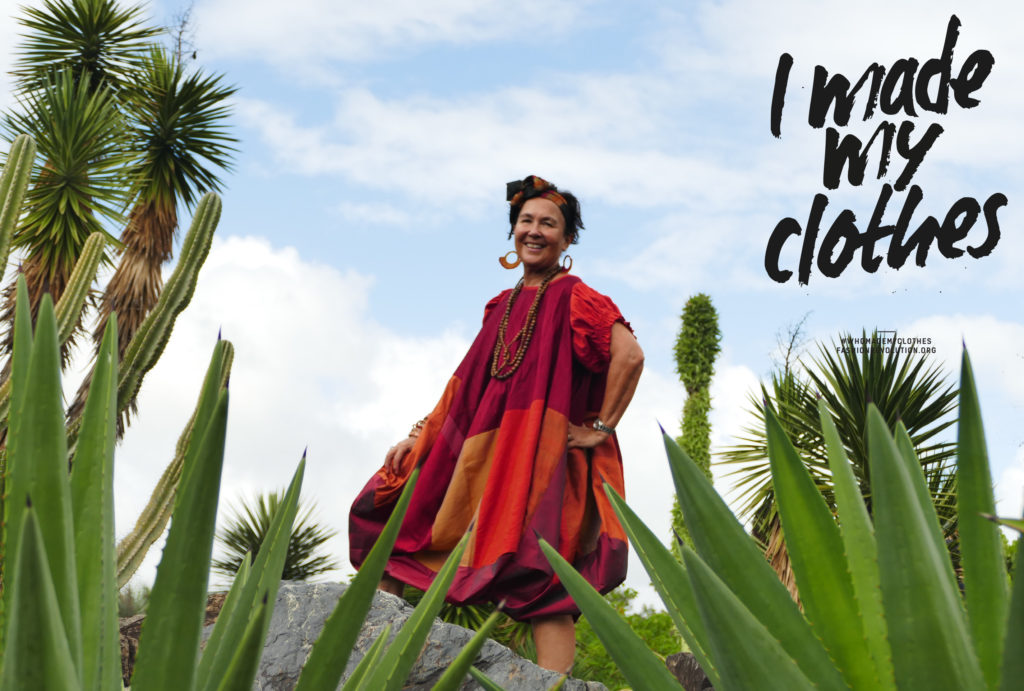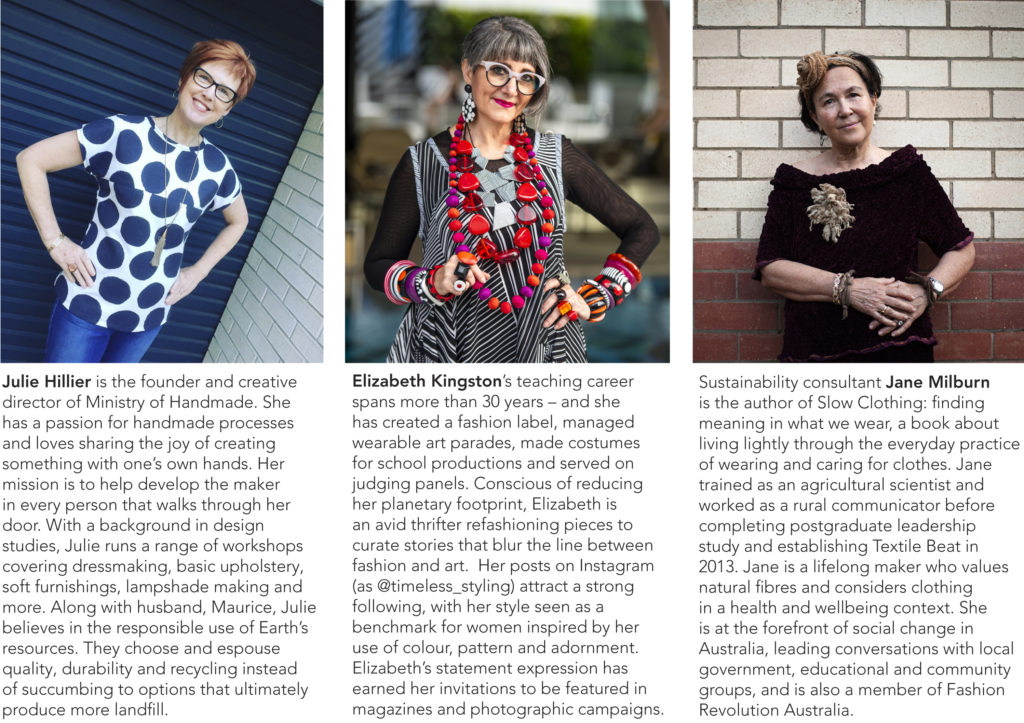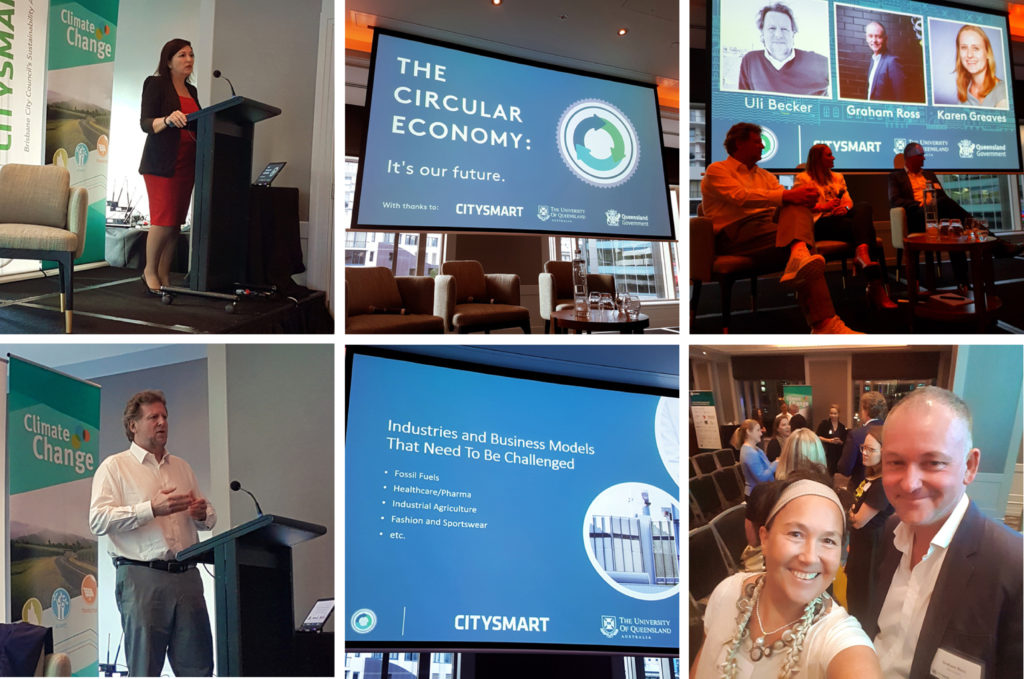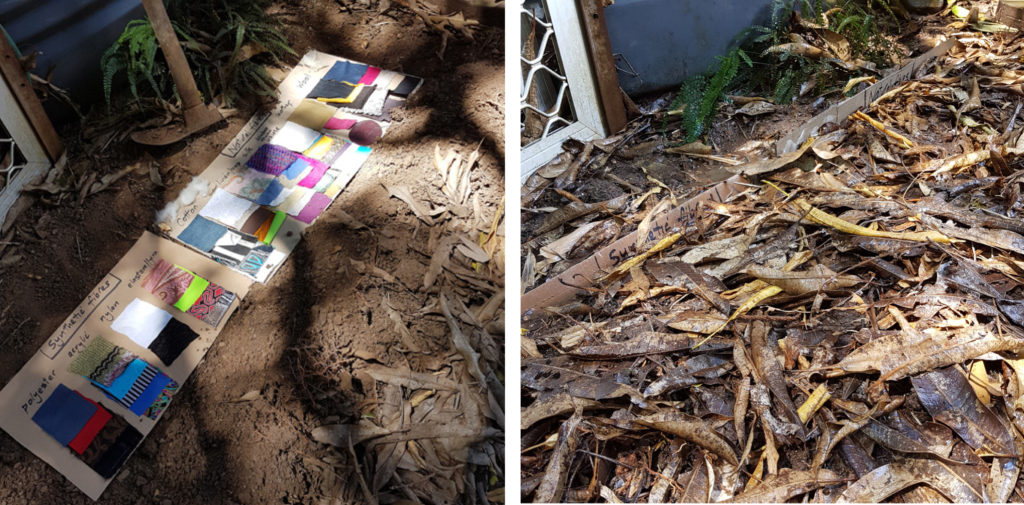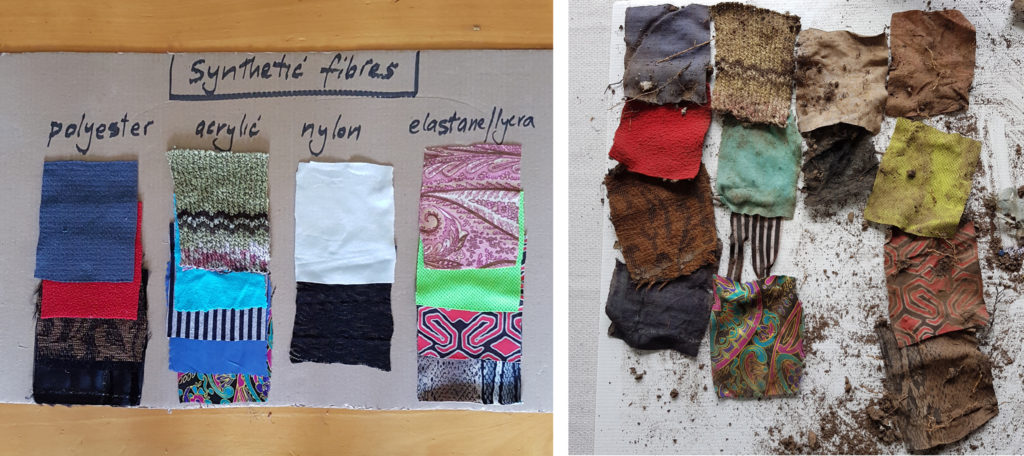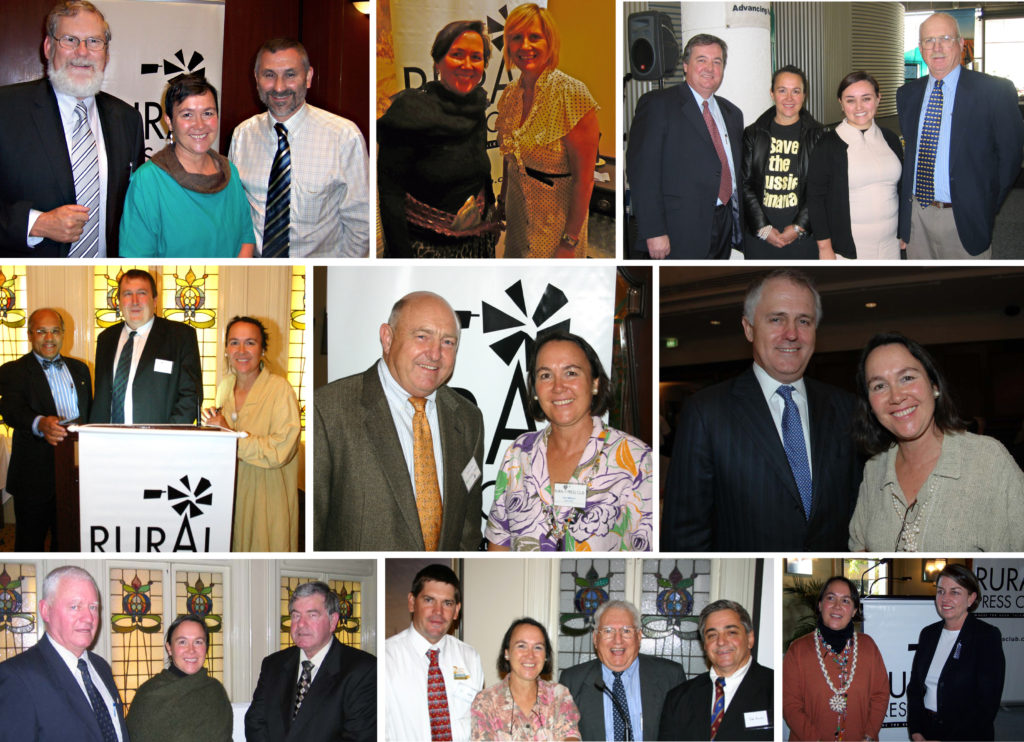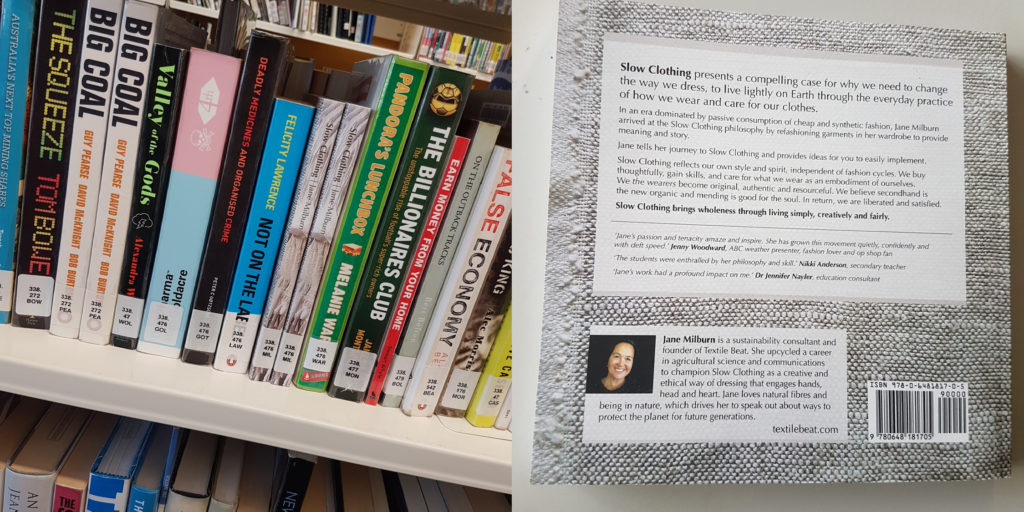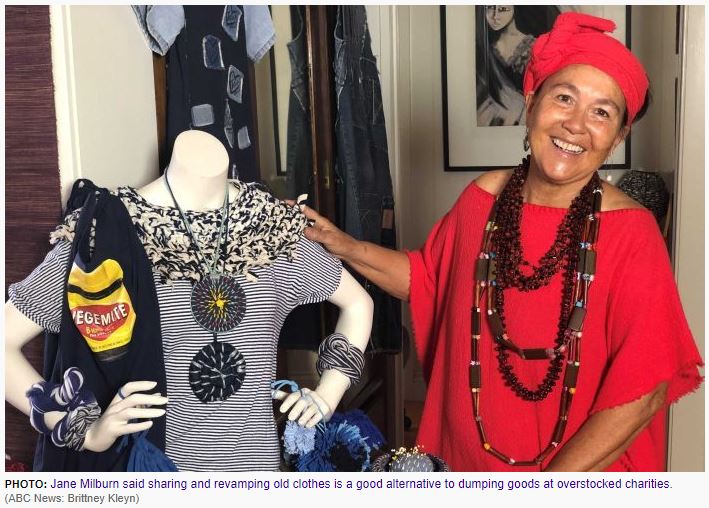Do you carry an old-fashioned cloth handkerchief in your pocket or purse? Tissues and packaged wipes might be more convenient but we are becoming aware of their cumulative waste and moving back to reusable products.
There are memories in cloth. Favourite pieces may be mended and patched to extend their lifetime. Special garments may hang in wardrobes, even if they no longer fit, because they hold moments in time. The glimpse of an old favourite floral shirt, down-cycled to cleaning rag, evocatively sparks remembered joy of wearing. I am thrilled with my fabric-painted hanky squares that once were my little kids t-shirts (they’re now aged 24, 29 and 30) now upcycled as all-purpose cloths in my handbag.
